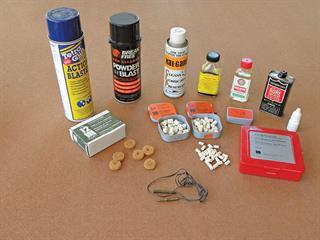Leaves should be regularly inspected to avoid heavy infection with whitefly.
More and more vegetables are being grown organically, often in greenhouses, in response to the demand for food produced without toxic pesticides. As a result, there is renewed interest in the use of insects to control pests.
A client who recently visited Holland remarked on the number of vegetable producers who rely solely on beneficial insects for pest control.
The producers contact specialist companies that use traps and scouting to determine what is needed, and deliver the appropriate insects as and when necessary. The benefits of this system are substantial: the farmer can focus on the other activities required to produce a crop; the labour force is not subjected to toxins in the controlled greenhouse environment; the clients know they are eating a safe product. On top of this, the economics justify the exercise as well.
The greenhouse whitefly has for some years been a notoriously difficult pest to control, having built up resistance to a number of groups of insecticides through its rapid life cycle. Interestingly, as early as 1920 parasitic wasps (parasitoids) were used commercially to control whitefly in Europe. B y 1945 the advent of insecticides, which were more convenient, caused a decline in parasitoid use, but around 1970 whitefly resistance to insecticides created renewed interest in the biological route. Then only about 100ha of greenhouse production used biological pest control, but this expanded to nearly 5 000ha by 1993 and is still increasing.
The most common parasitoid for whitefly control is Encarsia formosa, a minute wasp with a dark head and thorax and a yellow abdomen. he naked eye picks out the dark thorax, which is so small it could be mistaken for a spider mite. The yellow abdomen is not as noticeable. Many pesticides will continue to kill these wasps for months after application in a covered environment.
Whitefly, on the other hand, is extremely resistant to most insecticides and farmers often resort to spraying every four days to try and catch the susceptible larval stage. Whitefly is not all that noticeable in the early stages as the larvae feed under the leaves and take on the leaf colour.
When their numbers increase, they produce a sticky honeydew on which sooty mould grows. he honeydew falls from the leaf’s undersides onto the leaves below, and as it develops the dark mould is very noticeable. y this time the infestation is normally quite high, and the pinhead-sized white flies can also be seen flitting around. When you spot the adults, turn over the lower leaves to check the underside for signs of the larvae. N ext week I’ll discuss how the parasitoids work. – Bill Kerr (016) 366 0616 or e-mail [email protected]). |fw









